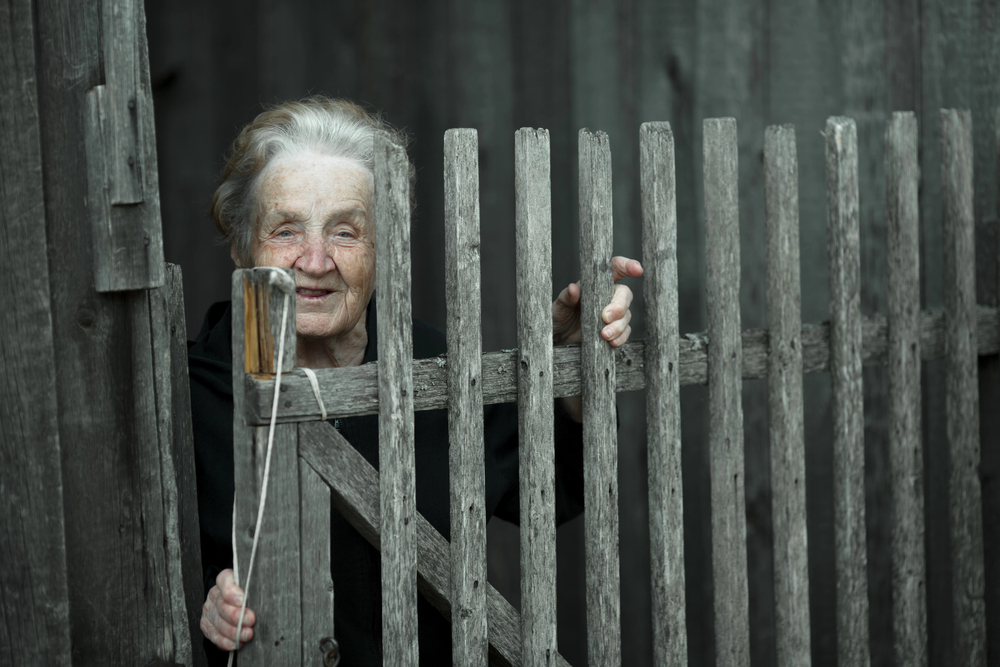
What goes wrong when the system designed to safeguard our most vulnerable slowly disintegrates, leaving families to clean up the wreckage?
For decades, the Pennsylvania strategy for mental health treatment has been one of good intentions, painful miscalculations, and quiet heroic efforts by families in the middle. The process started with the closing of mental institutions, an action fueled by gruesome reports of abuse and neglect. As then-Governor Bob Casey Sr. asserted, “We are not going to put these people out on the streets. But we can no longer tolerate packing them into little more than a warehouse. Neither option is acceptable to me, nor should it be to a caring and civilized society.” The vision was stated: move away from institutionalization and create a compassionate, community-based system.

1. Deinstitutionalization: The Promise and the Pitfalls
Closing state hospitals wasn’t simply a matter of closing doors it was about opening others. Research indicated that patients were healthier when cared for in their communities, and in 1999, the U.S. Supreme Court’s Olmstead v. L.C. ruling solidified the right to community-based care. But as Pennsylvania attempted to make the shift, fissures began to open. A federal appellate court reprimanded the state for having “no plan at all” to complete the task, even though it had cut its state hospital population from about 40,000 in the 1950s to only 3,000 in 2000. The Community Hospital Integration Project Program (CHIPP) was intended to keep funding for community care, but follow-through was slow and benchmarks were not met.

2. The Cycle of Crisis: From Hospital Discharge to Jail Cell
For families such as Sue’s, these failures in the system became agonizingly intimate. Her son Robert’s path through the mental illness system was a revolving door: hospital, temporary stabilization, discharge, relapse, homelessness, and occasionally, jail. As one mental health administrator described it, for individuals with serious mental illness, “that’s the system.” The statistics are grim: over 60% of individuals screened in Pennsylvania jails required mental health treatment, and the percentage of those with the highest needs has increased in recent years. The shortage of beds and community supports leaves jails never intended as places of therapeutic treatment becoming the go-to providers of behavioral health care.

3. The Human Cost: Families on the Front Lines
Sue’s is just one of many voices echoing from thousands of caregivers who are being forced into making impossible decisions. When Robert became psychotic, Sue was begging police and hospital workers, who told her there were no beds, no programs, or that her son was “too stable” to commit because he could read a book. The trauma didn’t stop with each crisis. After months in solitary confinement in jail, Robert returned home changed, his trust shattered, his symptoms worsened. “I think the thing that hurts me the most is not just the pain that he’s going through, but the fact that he thinks I’m a co-conspirator,” Sue said. “I’m the only one that’s had his back. I’m the only one, and he thinks I’m capable of doing this to him.”

4. Budget Cuts and Policy Holes: The System Grinds to a Halt
The ambitious dream of community care collapsed when budgets pinched. The 2013 state budget cut county mental health funding, and even when there was a change of administration, the dollars never came back. The consequence? Counties did more with less: statewide mental health spending fell by $147 million between 2017 and 2023, while the number of individuals served declined from approximately 435,000 to fewer than 350,000. In rural communities, administrators had trouble recruiting clinicians and maintaining programs. As one county official described, “I have to beg providers to come and provide service.”

5. Transinstitutionalization: From Hospitals to Prisons
The unforeseen result of deinstitutionalization has been what specialists refer to as transinstitutionalization: as the psychiatric beds disappeared, rates of incarceration rose. Studies determined that there was a high negative correlation between psychiatric bed numbers and the state incarceration rate. The price is staggering around $82.3 million a year and the cost in human terms is even greater. Jails are not designed to effectively treat anything, and it can be profoundly injurious to individuals with mental illness.

6. Federal Mandates and the Uneven Road to Community Integration
Olmstead’s promise has yet to be fully realized. Although the statute mandates that states provide people in the “most integrated settings,” the process has been sluggish and patchy. As of 2023, more than 692,000 individuals across the country were waiting on lists for Medicaid home and community-based services. Legal and political obstacles continue to imperil the hard-won advances in disability rights, and activists fear that without determined support, the syndrome of institutionalization either in hospitals or in jails will be repeated.

7. Bright Spots: Innovative Community Crisis Programs
But there is hope. Mobile crisis teams, such as those in operation in Pennsylvania, are closing critical gaps. These teams treat mental health crises with skilled clinicians and a trauma-informed response, stabilizing the crisis without ER visits or police contacts. In a few models, 80–90% of youth crises are resolved without hospitalization, and families are given a “warm handoff” to continuing care. These models demonstrate that with proper support, individuals can succeed in their communities.

8. Policy Solutions and Advocacy for the Future
There is increasing momentum for change. Pennsylvania just boosted county mental health spending for the first time in more than a decade, and the governor has put forward further investments. Supporters are demanding greater oversight, more community care, and diversion programs that keep individuals out of jail and engaged with treatment. The moral: when politics and funding are aligned, community care can achieve cost savings and improved outcomes.

The journey is far from over, but every step toward a more compassionate, integrated system is a step toward healing for families, for communities, and for those who need support the most.


